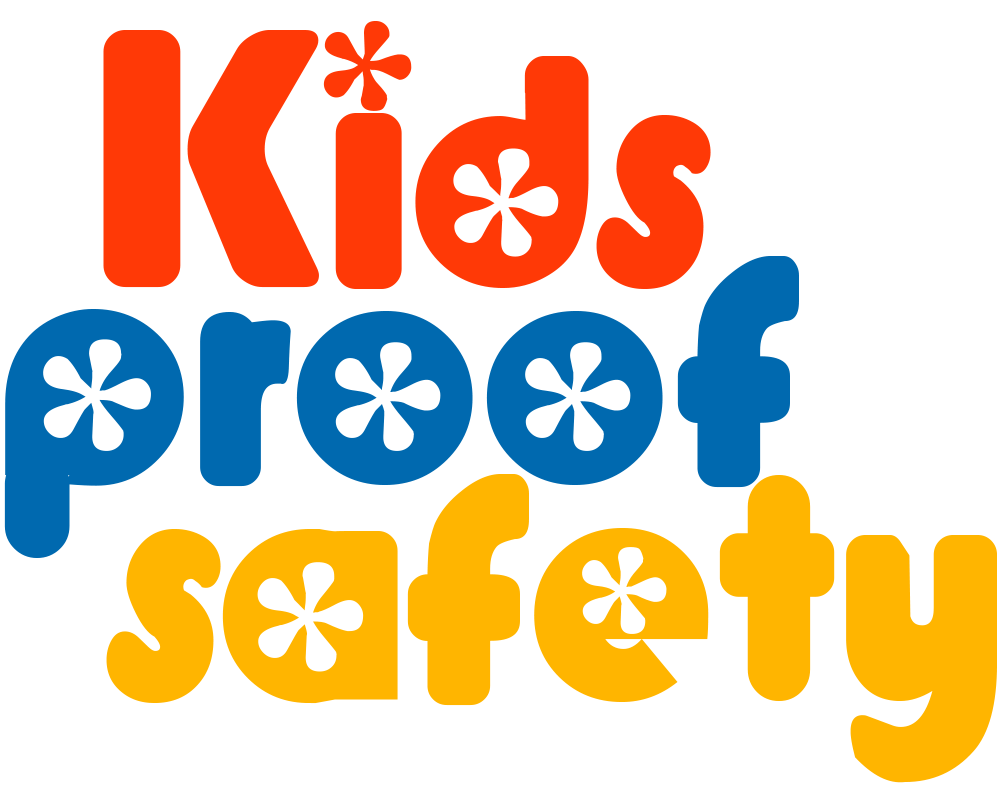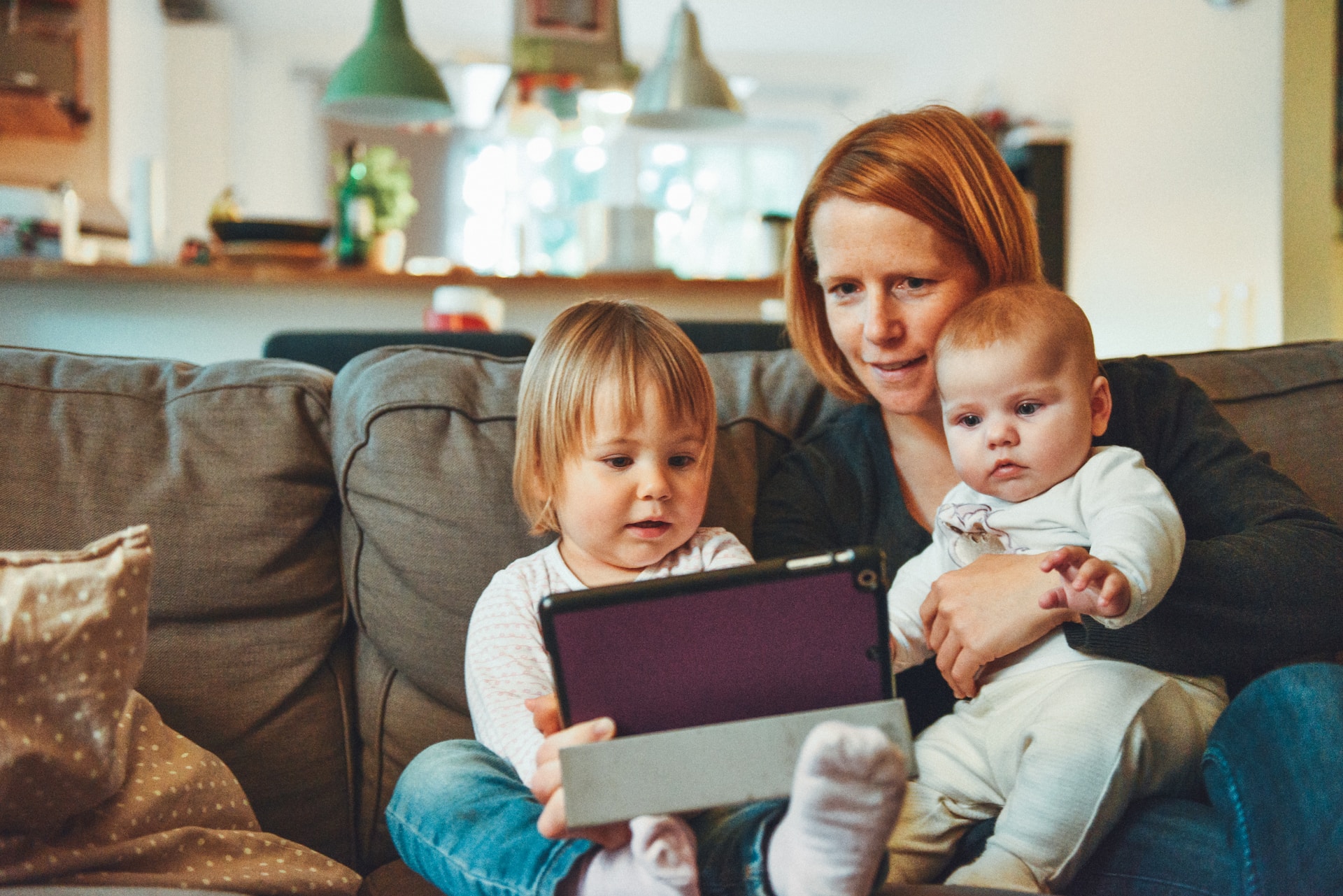Guiding Children’s TV Viewing: The Role of Parental Consent
In today’s digital age, children’s television programs play an influential role in shaping a child’s understanding of the world. These shows offer not only entertainment but often contain valuable lessons and educational content. However, the content displayed may not always be suitable for all age groups. Hence, the role of parental consent becomes crucial in guiding and monitoring a child’s TV viewing habits.
Understanding the Impact
Children’s TV shows can be a mixed bag, influencing various aspects of a child’s development. Many shows are designed with educational purposes, imparting valuable knowledge, improving language skills, teaching problem-solving, and encouraging social interaction. These programs have the potential to mold a child’s cognitive and emotional development positively.
However, not all TV content is equally beneficial or appropriate for every age group. Some shows may depict themes or behaviors that are beyond a child’s comprehension or maturity level. This is where parental guidance and consent play a pivotal role.
The Importance of Parental Involvement
Understanding the content that children are exposed to is fundamental. Parents need to be aware of the messages, values, and themes portrayed in TV shows to make informed decisions about what is suitable for their children. While different shows cater to various age groups, not all themes may align with a parent’s value system or be suitable for their child’s emotional maturity.
By engaging in dialogue and setting boundaries, parents can direct their child towards age-appropriate and beneficial content. Establishing clear rules on what is permissible for viewing helps in steering children away from content that may not be suitable for their age or developmental stage.
Strategies for Effective Parental Consent
To enable effective parental consent and involvement, several strategies can be employed:
- Research and Preview: Before allowing children to watch a new show, parents can research and preview the content. Reviews, summaries, and ratings can provide valuable insights into the themes and appropriateness of the show.
- Use of Parental Controls: Most streaming platforms and TV services offer parental control features. These can be effectively used to restrict access to content that might not be suitable for a specific age group.
- Encouraging Critical Thinking: Engage in discussions about the shows children watch. Encourage them to think critically about the messages, characters, and storylines presented, which will help develop a more informed perspective.
- Watching Together: Watching TV shows alongside children creates an opportunity for discussion and explanation. Parents can use this time to explain certain concepts, values, or behaviors depicted in the show.
Conclusion
Children’s TV shows are a significant part of their world and can significantly influence their behaviors and perceptions. Parental consent and involvement in a child’s TV viewing habits are crucial in guiding them toward content that is educational, appropriate, and aligns with the family’s values.

